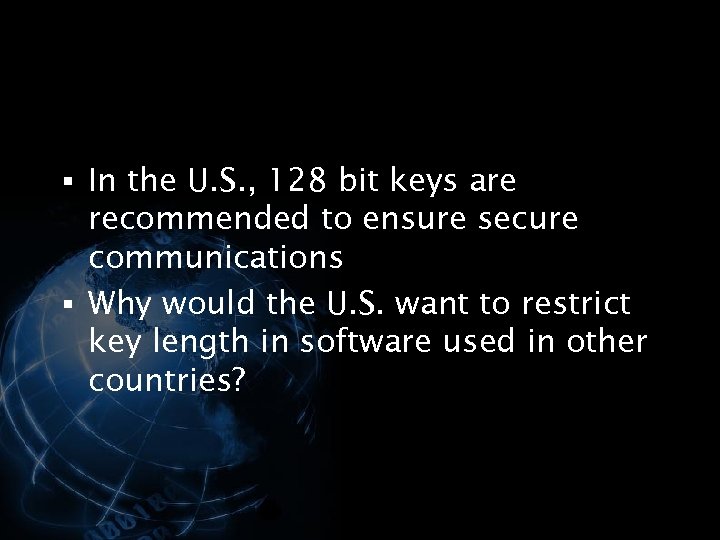
( 14), who deconstructed substrates of six enzymes from three different superfamilies into 41 overlapping fragments that were tested for activity or binding. Similar conclusions were reached in a recent paper by Barelier et al. The lack of fragment conservation was also convincingly demonstrated by Babaoglu and Shoichet, who deconstructed a known β-lactamase inhibitor into three fragments and showed that all three fragments shifted in position and bound to previously unexplored binding sites ( 13). Although the full-sized inhibitors extended to four different binding pockets, all but one of the component fragments were seen to bind at a single site, and even the fragments that bound in the same overall region as they did in the original inhibitor did not retain their detailed positions.

considered 22 fragments resulting from the dissection of nine inhibitors of the antiapoptotic protein Bcl-xL ( 12) and performed both ligand-observed and protein-observed NMR experiments to determine whether the fragments retained affinity toward the protein and to identify their approximate binding locations. In contrast, several studies reported that fragment positions are not conserved. ( 11), who described the deconstruction of inhibitors of the interaction between the von Hippel−Lindau (VHL) complex and hypoxia-inducible factor 1α (HIF-1α) ( 11). ( 10), who deconstructed inhibitors of the SH2 domain of pp60Src, and by Van Molle et al. Binding site conservation was also demonstrated by Lange et al. The binding of fragments was analyzed by X-ray crystallography, and their conformations were shown to be similar to that observed in argifin.
D FRAGMENTS MEANING SERIES
( 9) shortened the natural cyclopentapeptide argifin, a chitinase inhibitor, to a series of dimethylguanyl-urea containing peptides and finally to dimethylguanyl-urea. Although Hajduk ( 8) did not show that the fragment positions are actually conserved, such data are available in a number of other studies. The affinities of the different fragments were measured, and the study highlighted a nearly linear relationship between potency and molecular weight, suggesting a high degree of binding mode conservation. On the supportive side, Hajduk ( 8) described 18 drug leads that were reduced in size step by step to the smallest compound retaining potency for the target. However, results from different studies disagree, with the results of some supporting binding mode conservation, whereas others did not ( 7).

The hypothesis has been rigorously tested in a number of studies by deconstructing larger ligands into their component fragments and characterizing how these fragments bind. Examples of successfully expanding fragment hits into higher affinity compounds demonstrate that the assumption is valid in certain cases ( 4– 6). Thus, it is assumed that the orientation of fragments in their respective binding pockets will remain the same whether they bind on their own or as a moiety of a larger ligand.
D FRAGMENTS MEANING FREE
Our results show that ligand binding sites can usefully be thought of in terms of an anchor site, which is the top-ranked hot spot and dominates the free energy of binding, surrounded by a number of weaker satellite sites that confer improved affinity and selectivity for a particular ligand and that it is the intrinsic binding potential of the protein surface that determines whether it can serve as a robust binding site for a suitably optimized ligand.įBDD relies on the premise that the binding site and binding mode of the fragments are conserved as the fragment is grown into a full-sized lead. The condition helps identify whether a protein is suitable for FBDD, predicts the size of fragments required for screening, and determines whether a fragment hit can be extended into a higher affinity ligand. This hypothesis is supported by eight case studies. Because a substantial fraction of the free energy of ligand binding comes from interacting with the residues in the energetically most important hot spot, a ligand moiety that sufficiently overlaps with this region will retain its location even when other parts of the ligand are removed.

We show that a remarkably simple condition can be developed in terms of how fragments coincide with binding energy hot spots-regions of the protein where interactions with a ligand contribute substantial binding free energy-the locations of which can easily be determined computationally. However, no general condition has been established to explain when fragment binding modes will be conserved. Fragment-based drug discovery (FBDD) relies on the premise that the fragment binding mode will be conserved on subsequent expansion to a larger ligand.


 0 kommentar(er)
0 kommentar(er)
